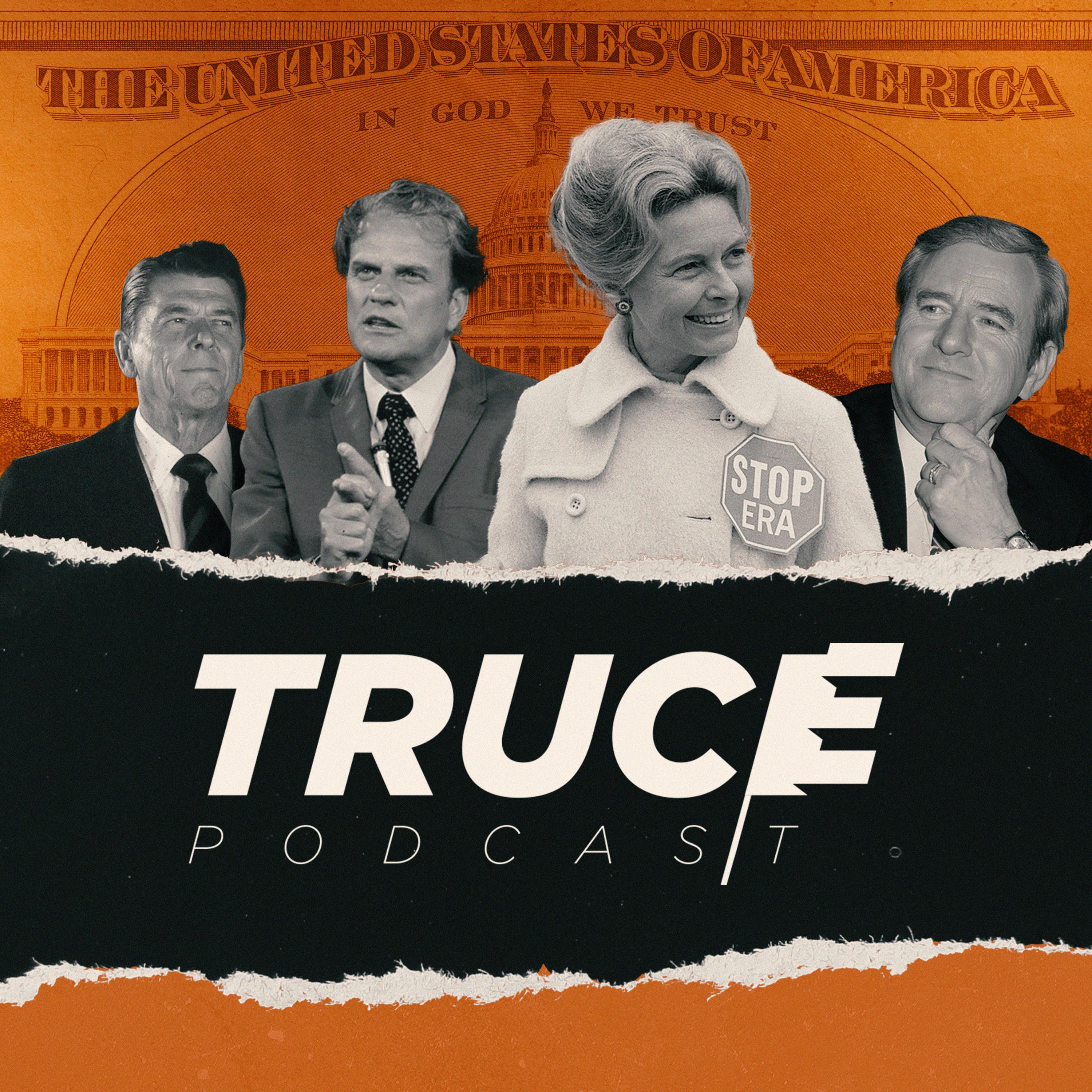- History
- SEE MORE
- classical
- general
- talk
- News
- Family
- Bürgerfunk
- pop
- Islam
- soul
- jazz
- Comedy
- humor
- wissenschaft
- opera
- baroque
- gesellschaft
- theater
- Local
- alternative
- electro
- rock
- rap
- lifestyle
- Music
- como
- RNE
- ballads
- greek
- Buddhism
- deportes
- christian
- Technology
- piano
- djs
- Dance
- dutch
- flamenco
- social
- hope
- christian rock
- academia
- afrique
- Business
- musique
- ελληνική-μουσική
- religion
- World radio
- Zarzuela
- travel
- World
- NFL
- media
- Art
- public
- Sports
- Gospel
- st.
- baptist
- Leisure
- Kids & Family
- musical
- club
- Culture
- Health & Fitness
- True Crime
- Fiction
- children
- Society & Culture
- TV & Film
- gold
- kunst
- música
- gay
- Natural
- a
- francais
- bach
- economics
- kultur
- evangelical
- tech
- Opinion
- Government
- gaming
- College
- technik
- Jesus
- Health
- movies
- radio
- services
- Church
- podcast
- Education
- international
- Transportation
- Other
- kids
- podcasts
- philadelphia
- Noticias
- love
- sport
- Salud
- film
- and
- 4chan
- Disco
- Stories
- fashion
- Arts
- interviews
- hardstyle
- entertainment
- humour
- medieval
- literature
- alma
- Cultura
- video
- TV
- Science
- en
Are Nativity Scenes Illegal on Public Land?

Become a patron of the show and help me make even more great episodes! \nDonate by visiting www.patreon.com/trucepodcast\n\nThe 1983 Supreme Court case Lynch v Donnelly brought church and state together in one important decision. In it, the court decided that a city-owned creche (also known as a manger scene) could remain on private land because it was part of a greater display. It wasn't a stand-alone creche. It was surrounded by Christmas trees, a Santa's village, and more. The diorama could stay because it held no significant religious value. It was, in their words, "ceremonial deism".\nIn this modern era where it seems like religion is slipping away from public life, it's good to stop and ask what we're losing. Do our public displays of piety have any real Christian weight to them in the first place? What are we fighting for if "In God We Trust" doesn't specify which God it's referring to?\nSupreme Court audio for this episode was used with a Creative Commons License from Oyez.org. The audio was edited from it's original form.\nHelpful Links:\n\nFull Lynch v. Donnelly audio\n\nUS Treasury article about symbols on money\n\n\nOne Nation Under God - book by Kevin Kruse\n\nHelpful Slate article about Christmas displays\n\nHelpful article about ceremonial deism\n\nLigonier article about Festival of the Booths\n\nPawtucket and the Industrial Revolution\n\nMajority opinion on Lynch v. Donnelly from Justia.com\n\n\n\nDiscussion Questions:\n\nWhere do you see examples of ceremonial deism?\n\nWhat do expressions of ceremonial deism hope to achieve in our society? Does it work? How can we make them better?\n\nDo you like seeing God on the money? Why?\n\nWhere would you like to see more of God in the public square? Where would you like to see less?\n\nShould we be more specific in our public displays?\n\nDo you think the manger scene can be both religious and non-religious?\n\n\nLearn more about your ad choices. Visit podcastchoices.com/adchoices